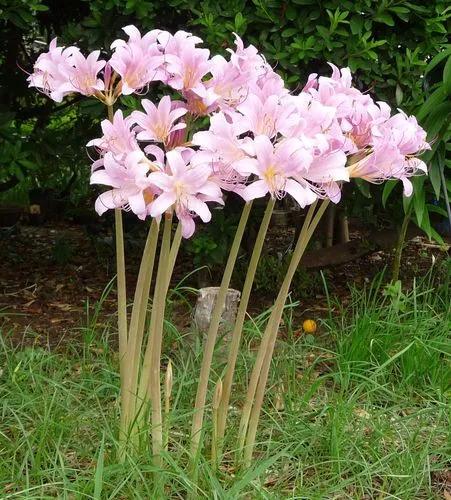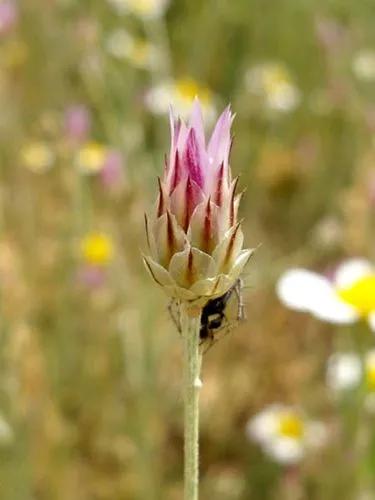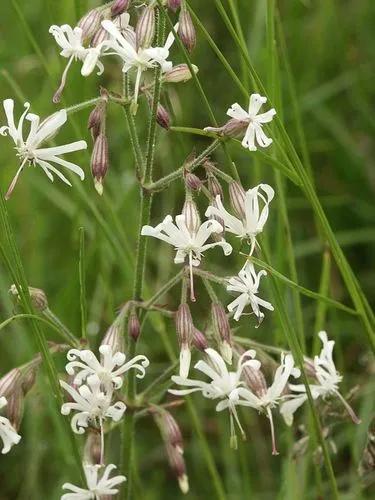Viola cornuta, known as horned pansy or horned violet, is a species of flowering plant in the violet family Violaceae, native to the Pyrenees and the Cordillera Cantábrica of northern Spain at an altitude of 1,000–2,300 metres. It is a low-growing, clump-forming temperate evergreen perennial, reaching 50 cm in height and spread. I
Viola Sorbet Yellow Care
Viola Cornuta



How to Care for the Plant

Water

Water violas well until plants are established. Do not let violas dry out; they do best with regular water.

Pruning

Deadhead blooms often to encourage fresh blooms. Cut back violas in the fall to reinvigorate the plant and encourage fall blooming.

Fertilizer

Violas benefit from a light dose of organic fertilizer each month during the growing season. Use a slow-release fertilizer into the soil. Fertilize in the spring and again in late summer to promote a fall bloom.

Sunlight

Best grown in full sun to part shade.

Soil

Grow in well-drained, moderately fertile soil in a sheltered, sunny site. Protect in winter in cold areas.

Temperature

Violas stay compact in both heat and cold; excellent overwintering; wide range of clear colours allows for yellow face with burgundy cap.

Popularity

863 people already have this plant 88 people have added this plant to their wishlists
Discover more plants with the list below
Popular articles






